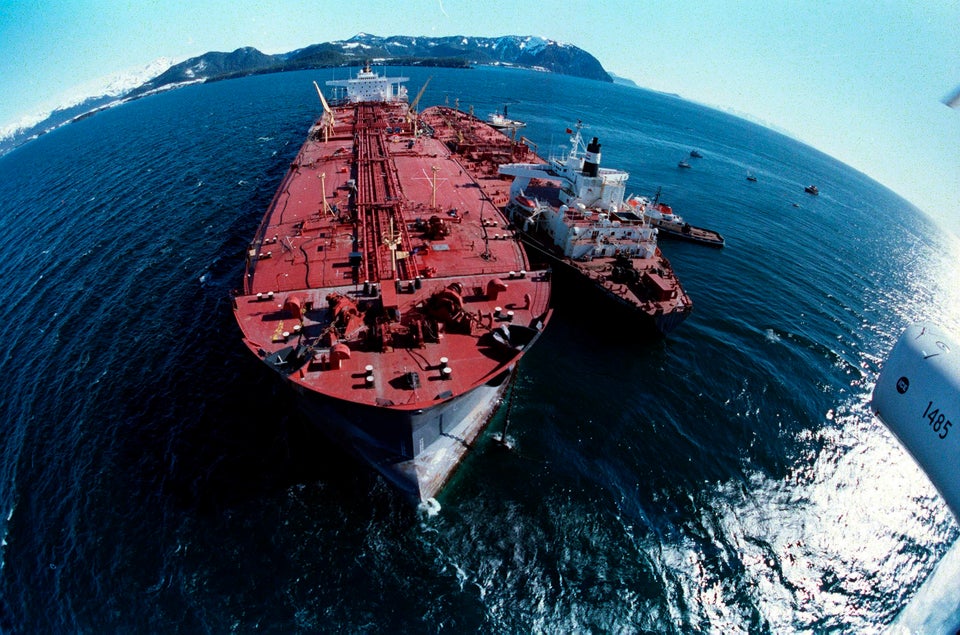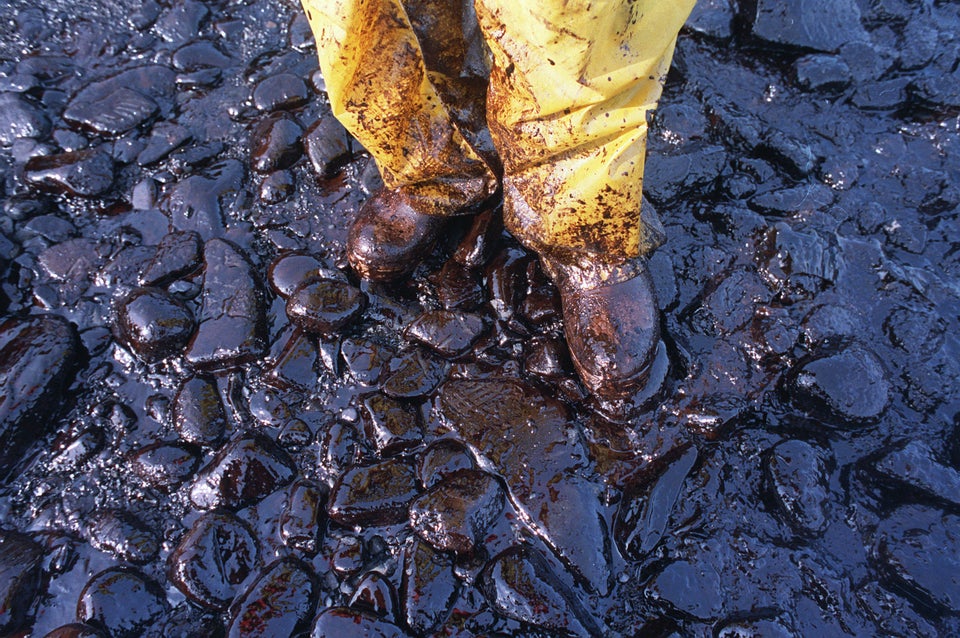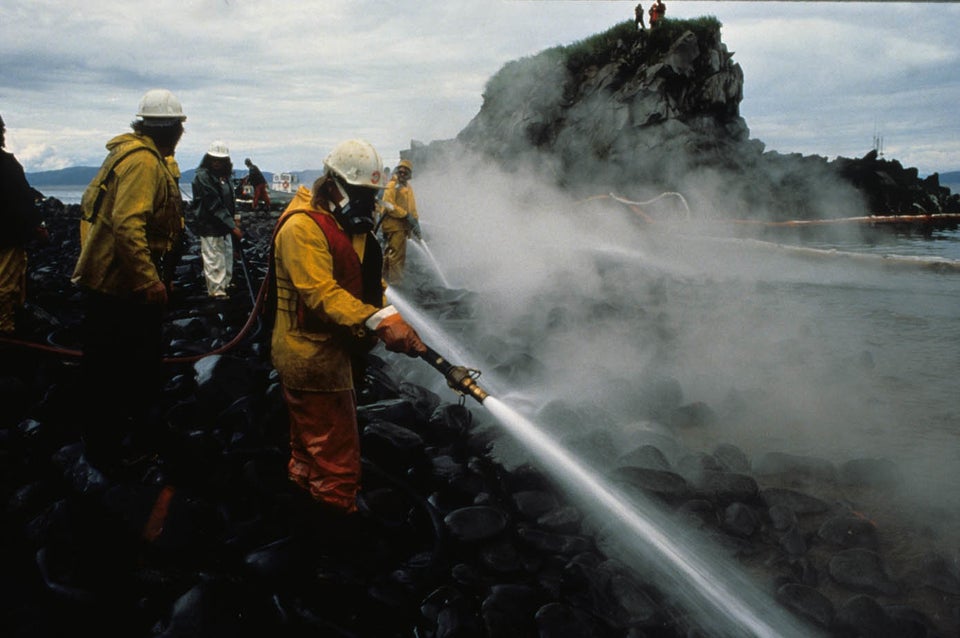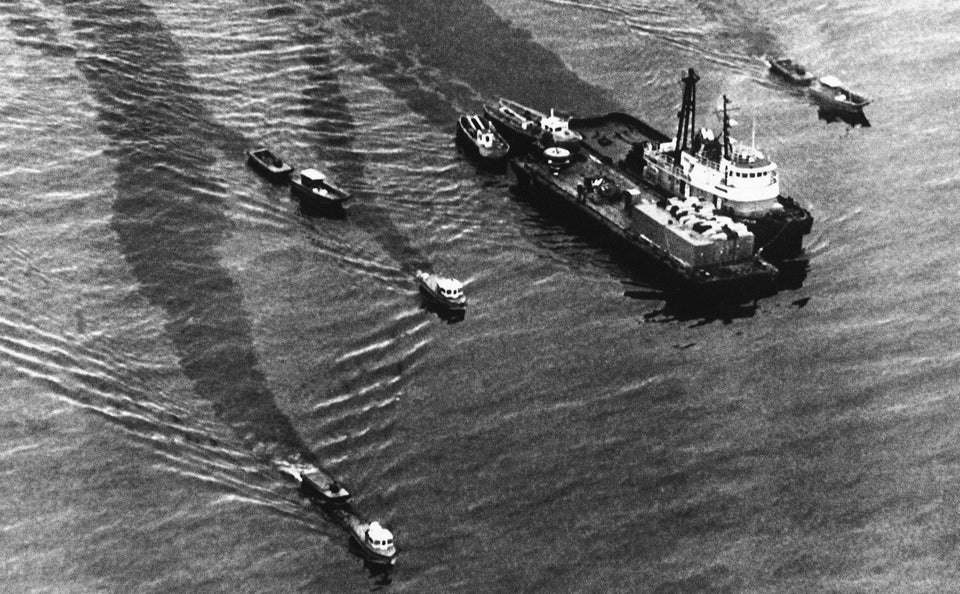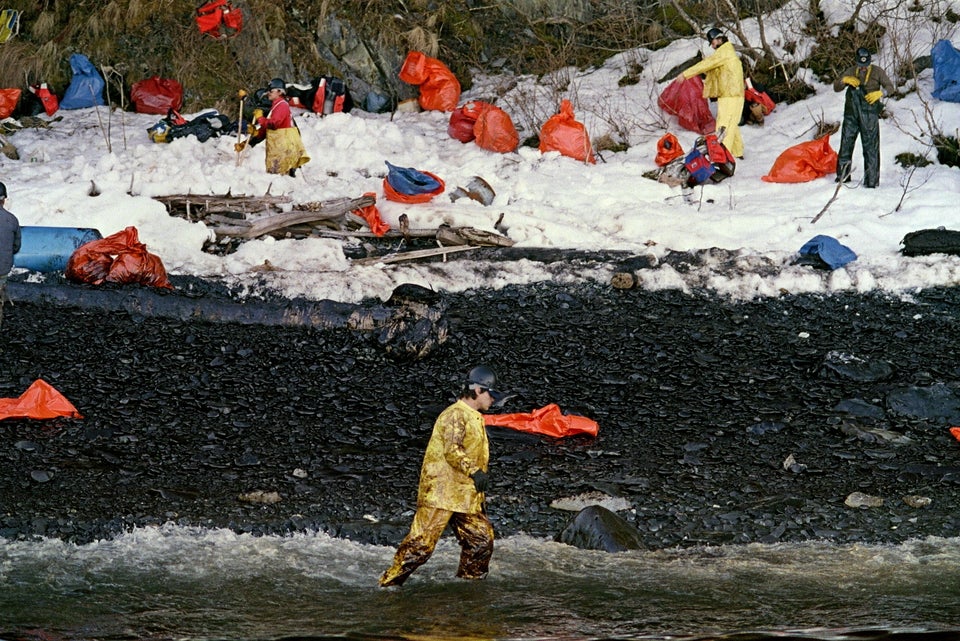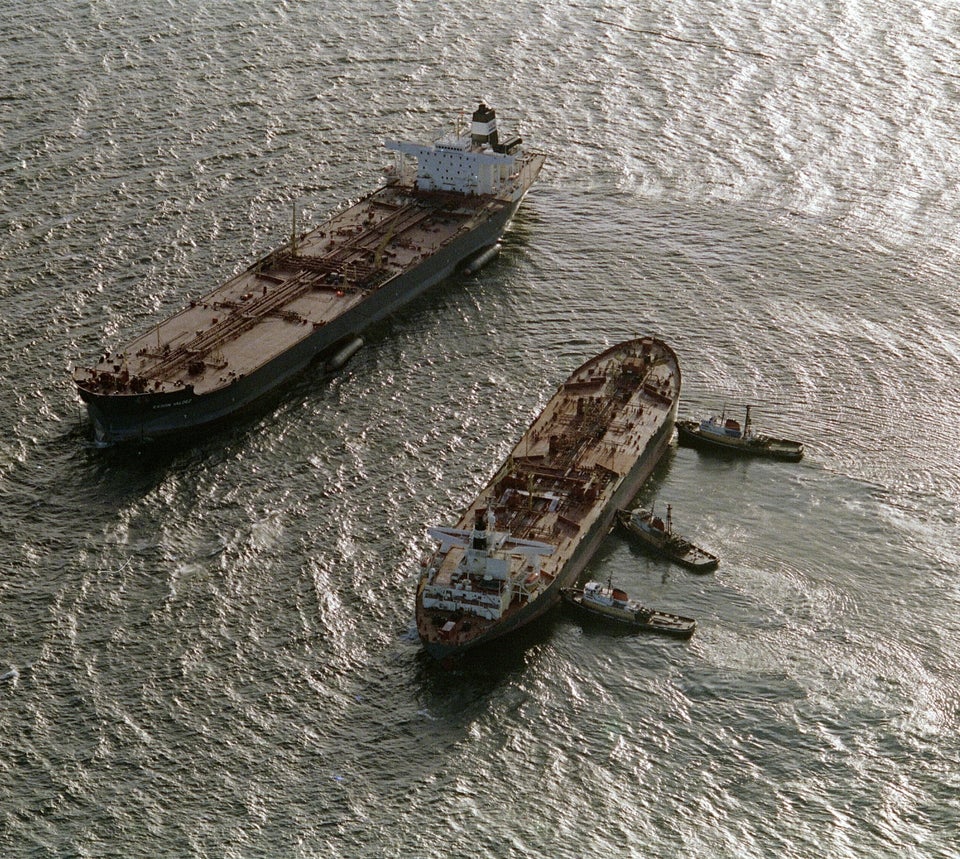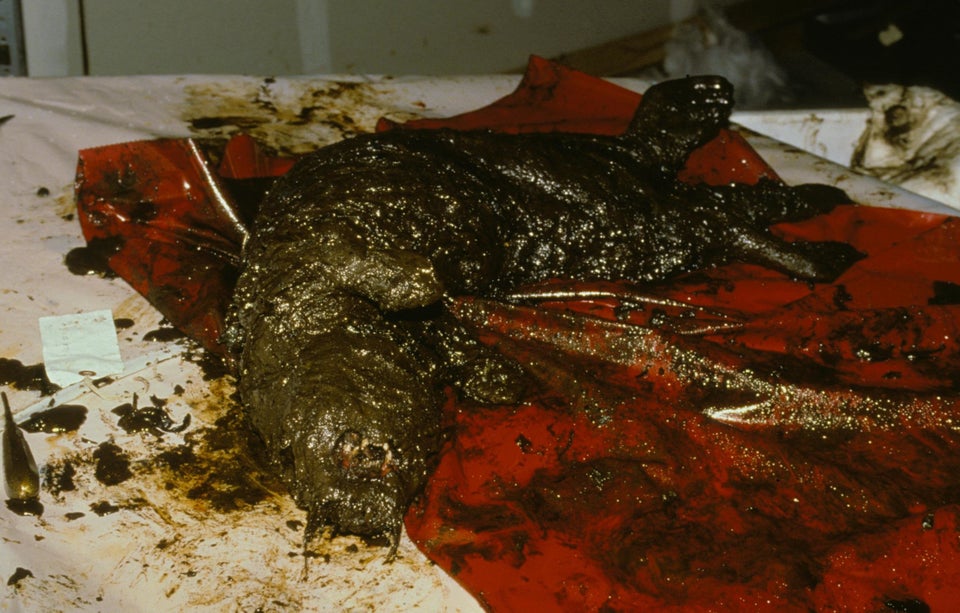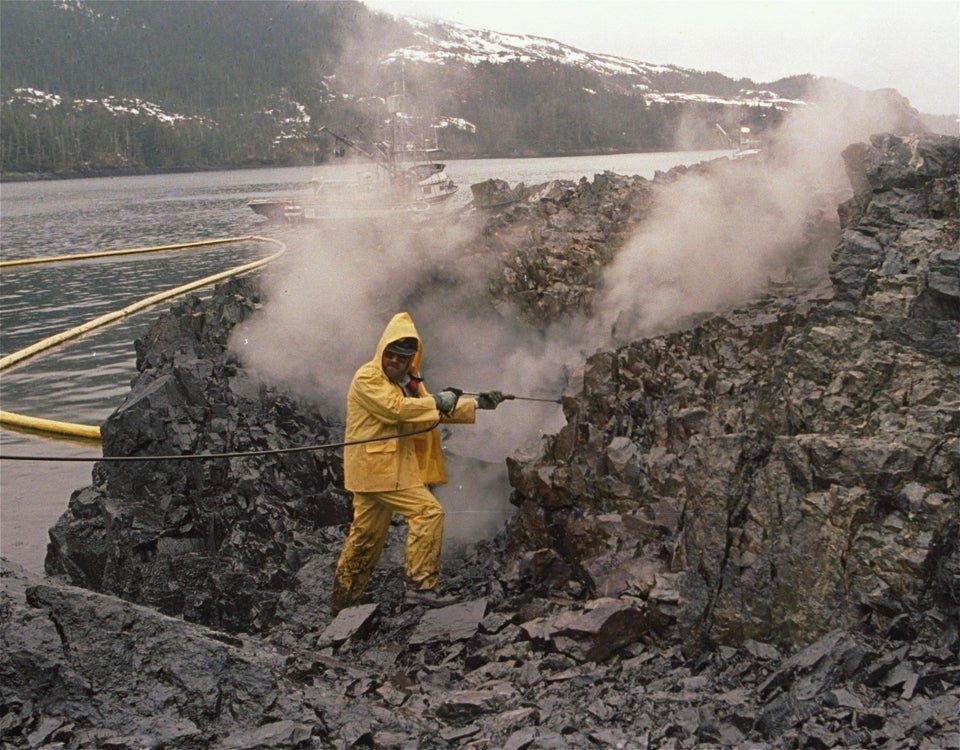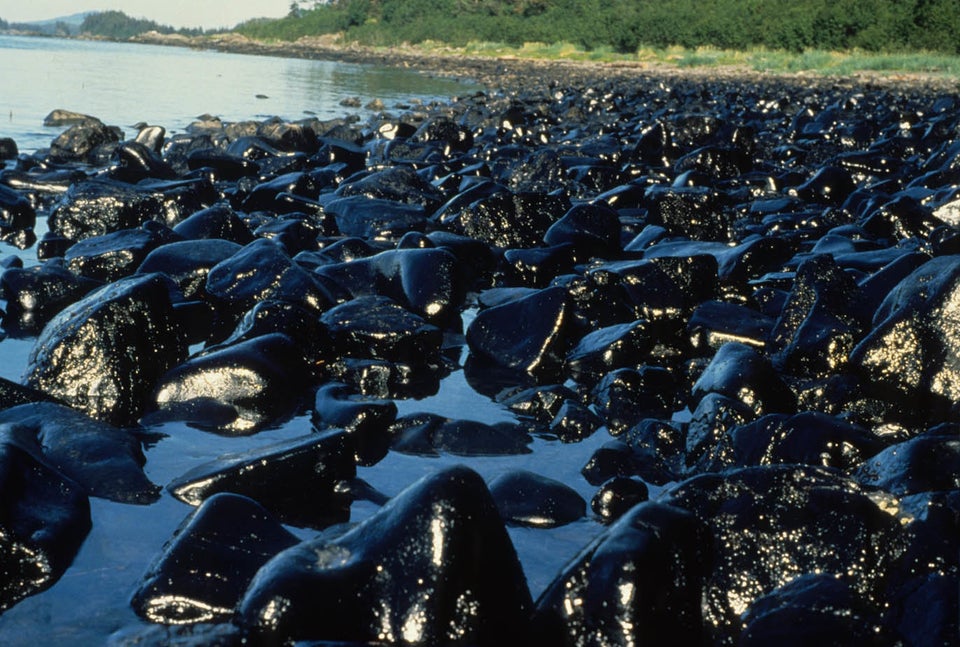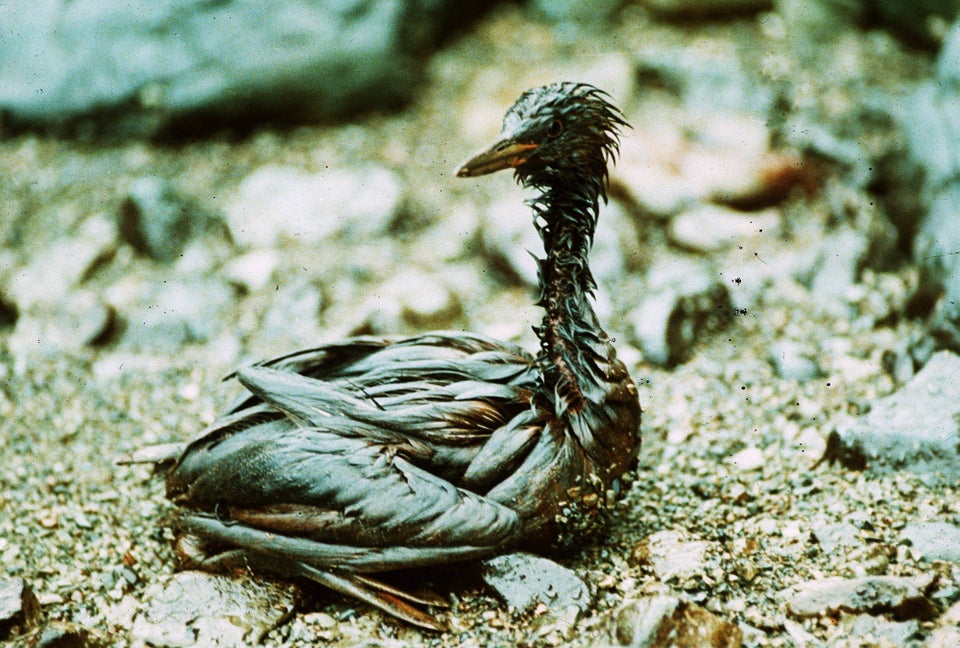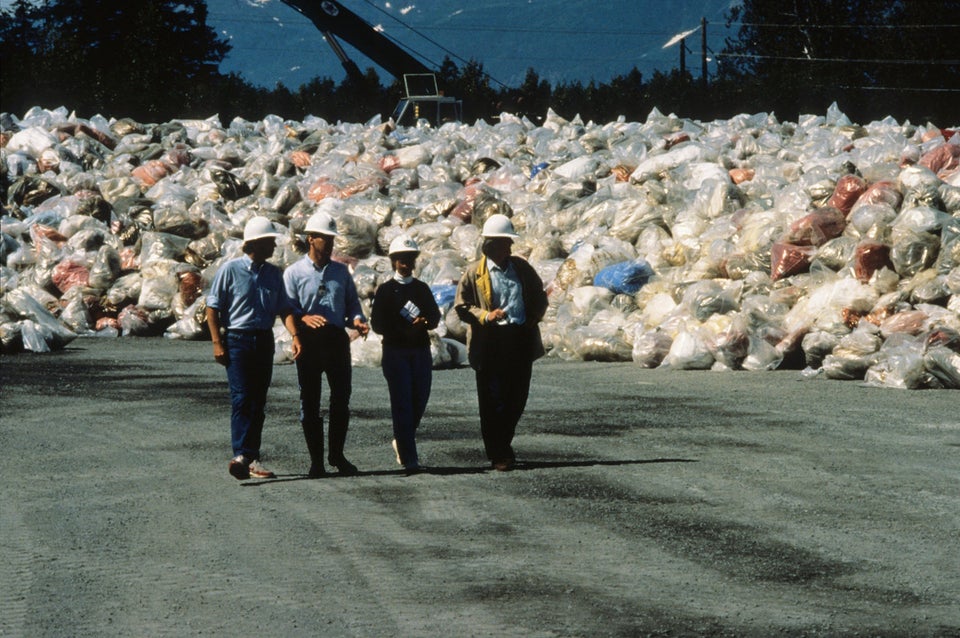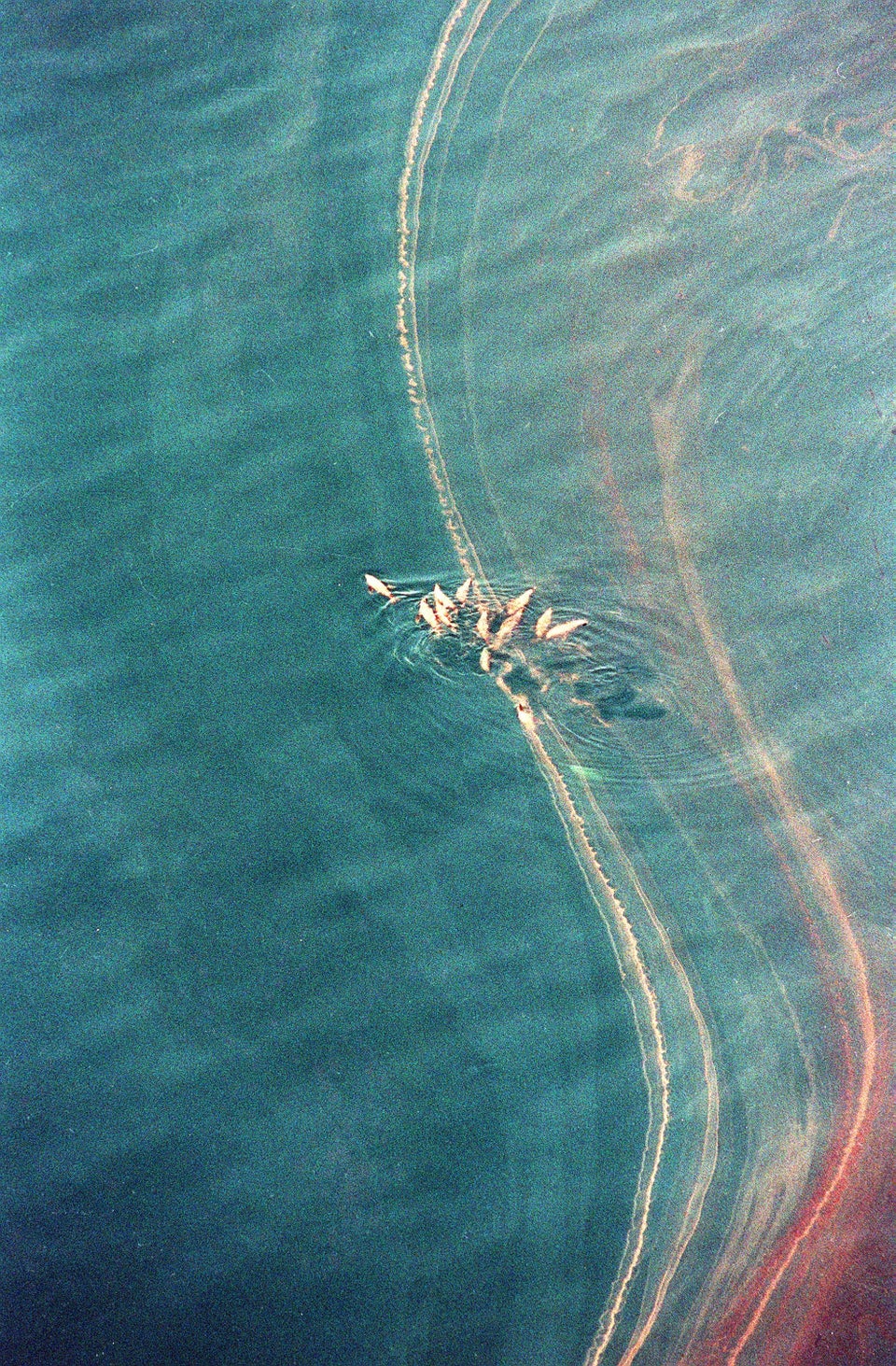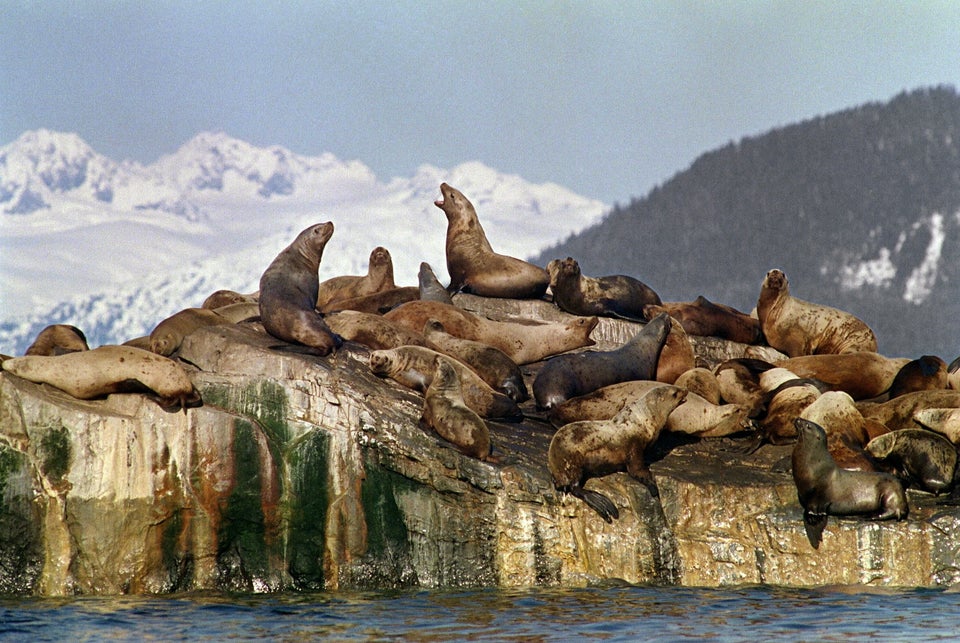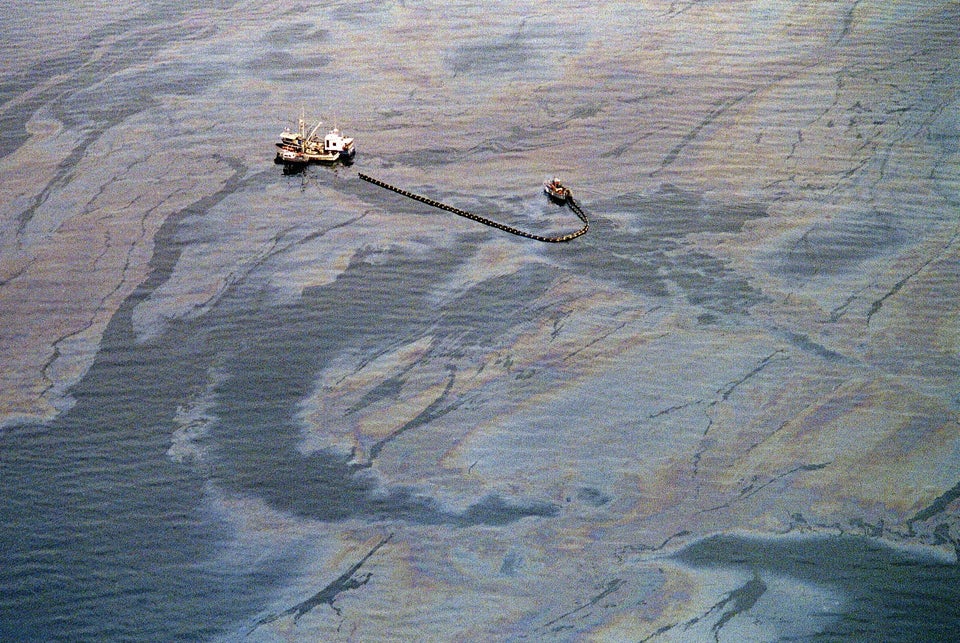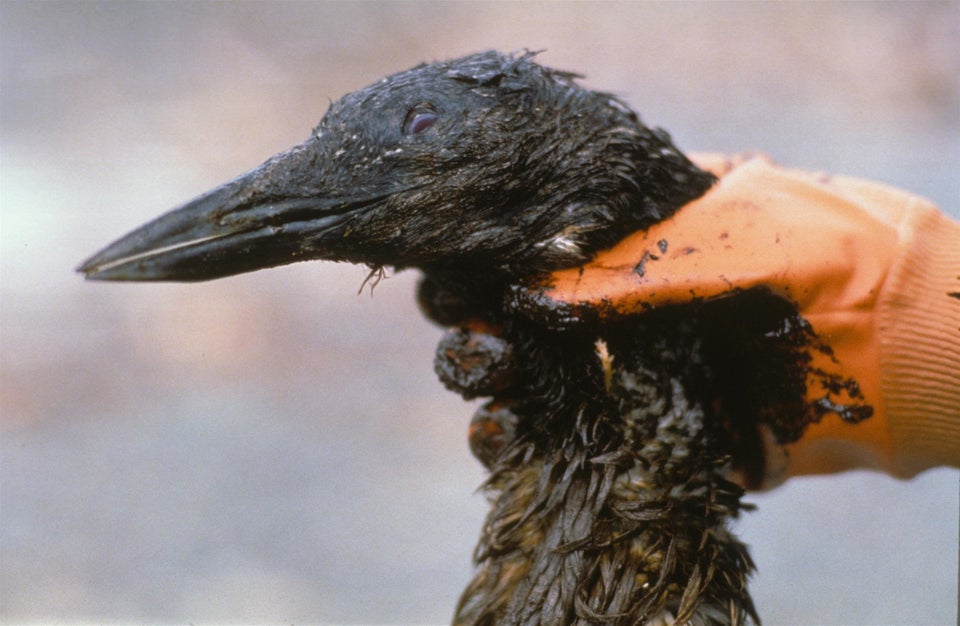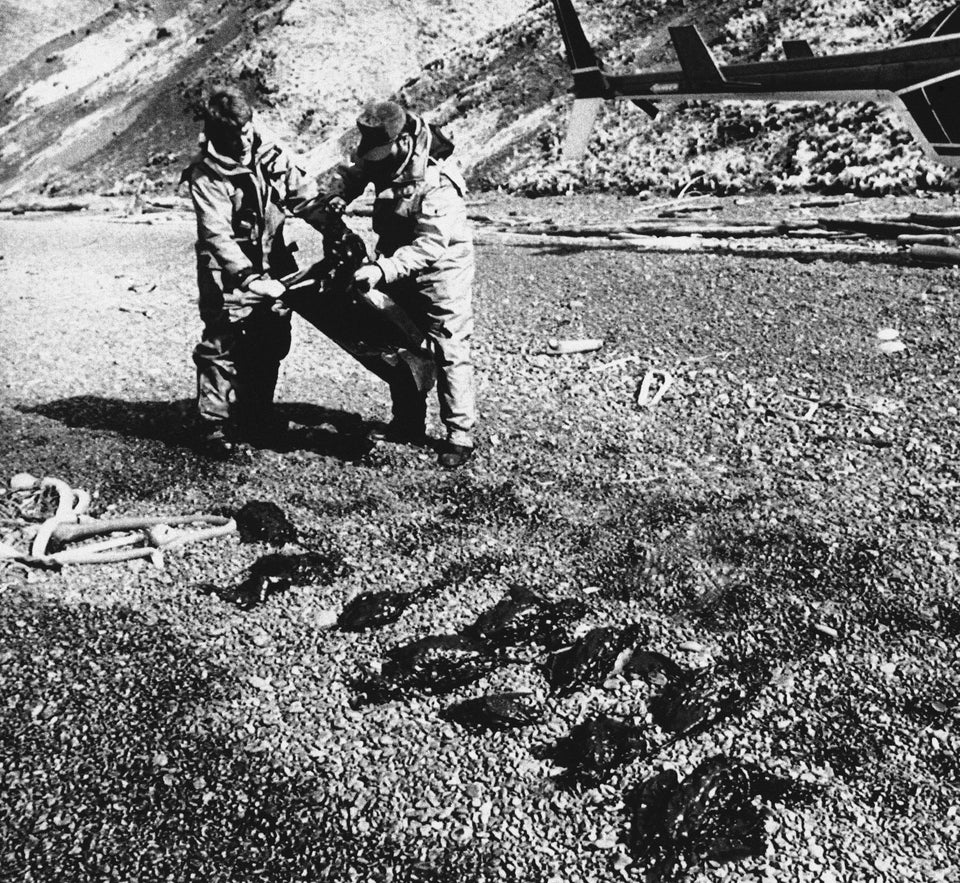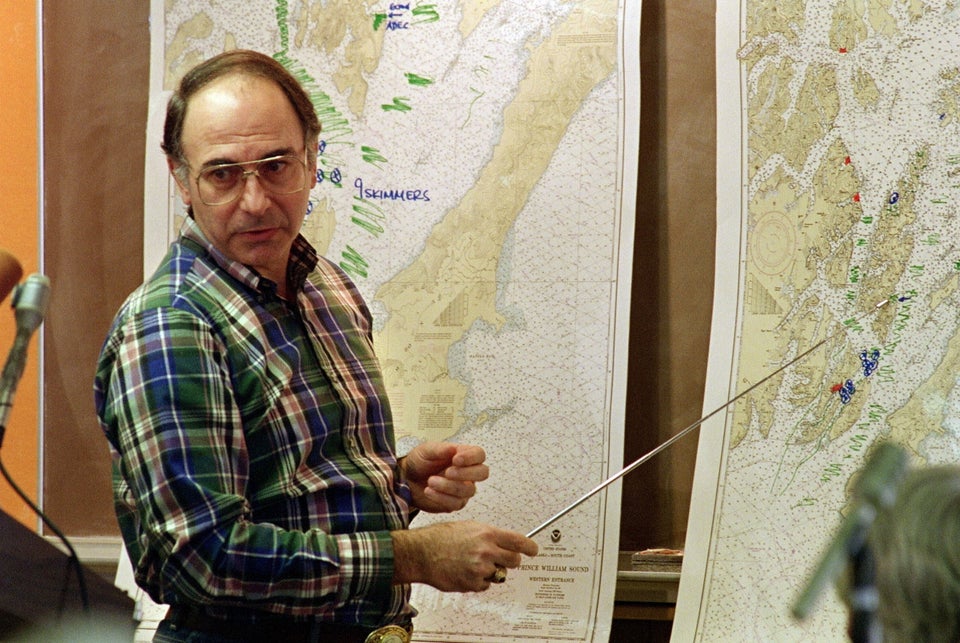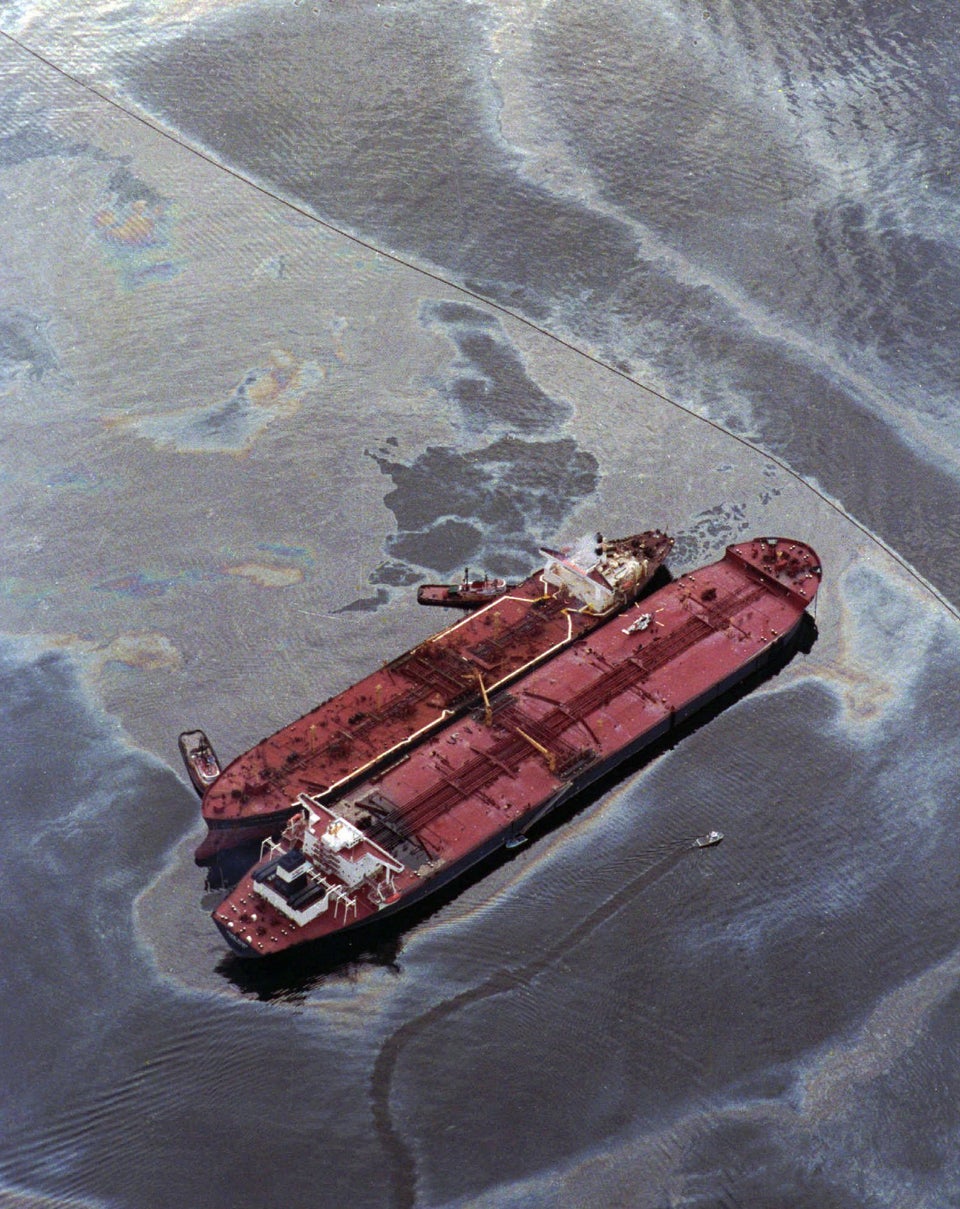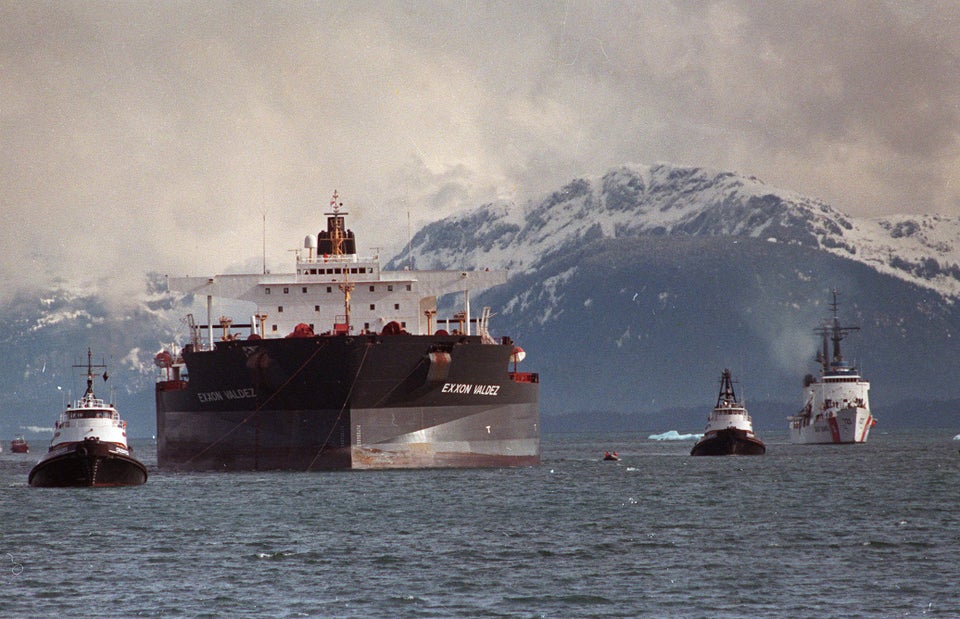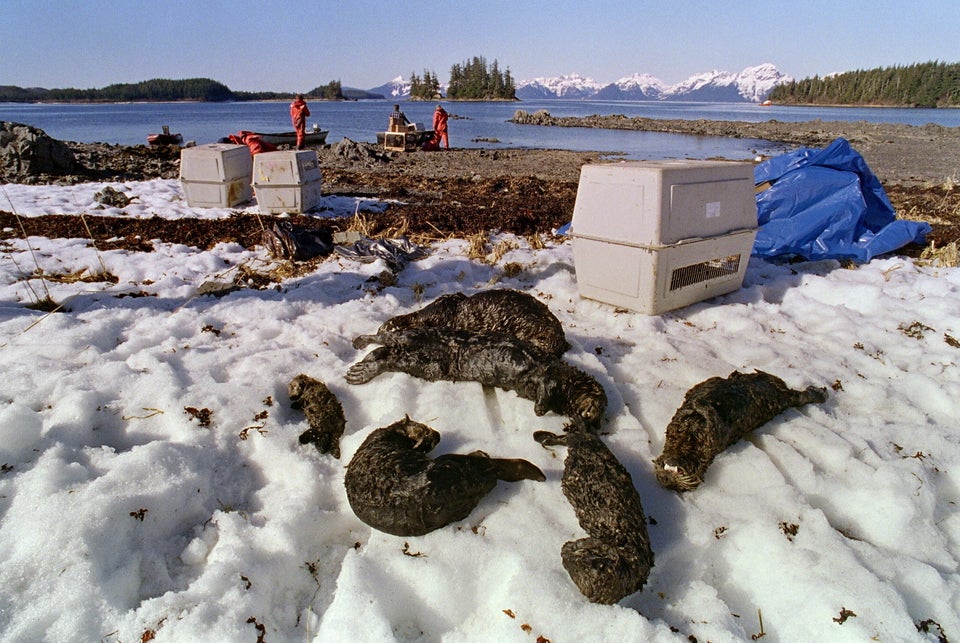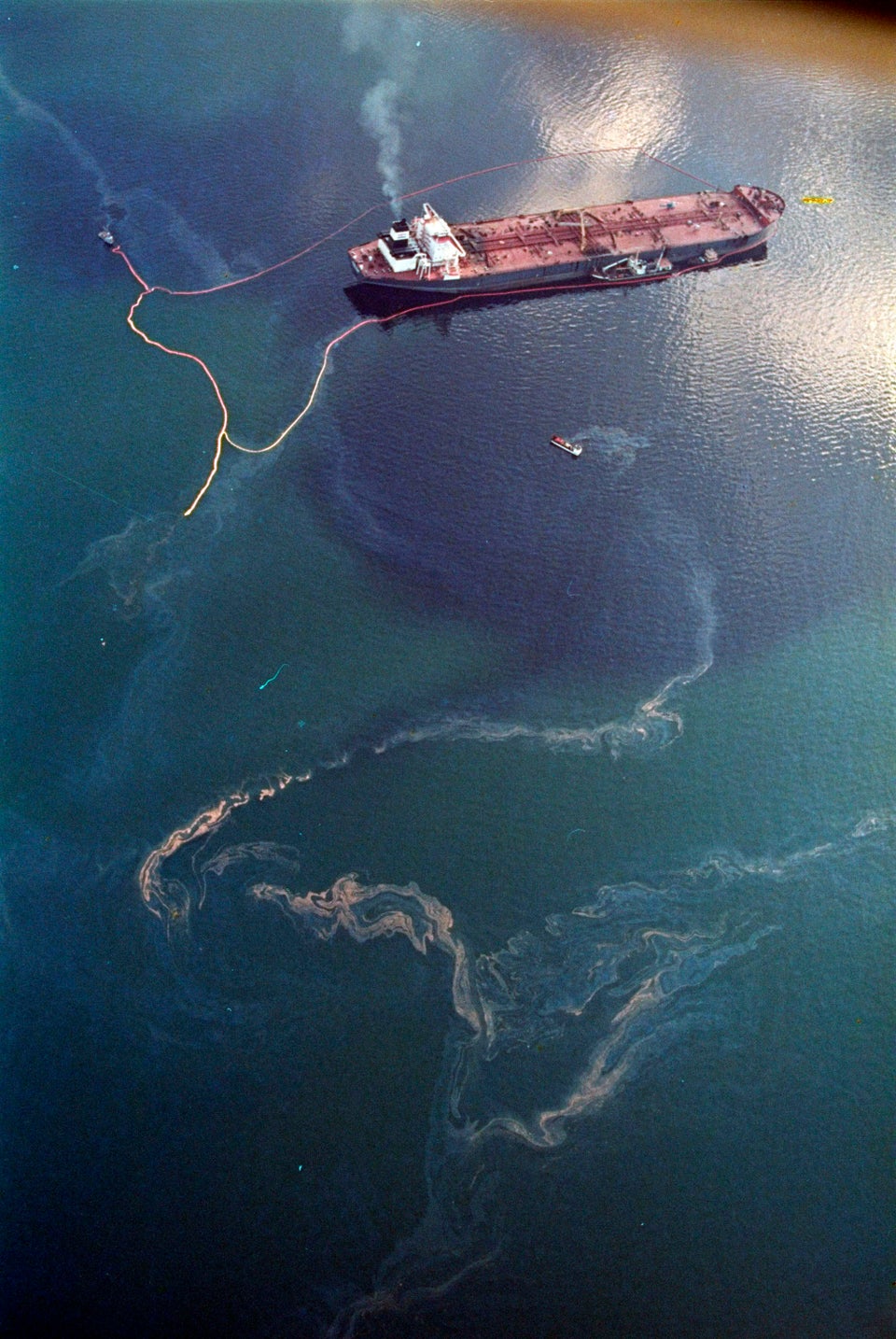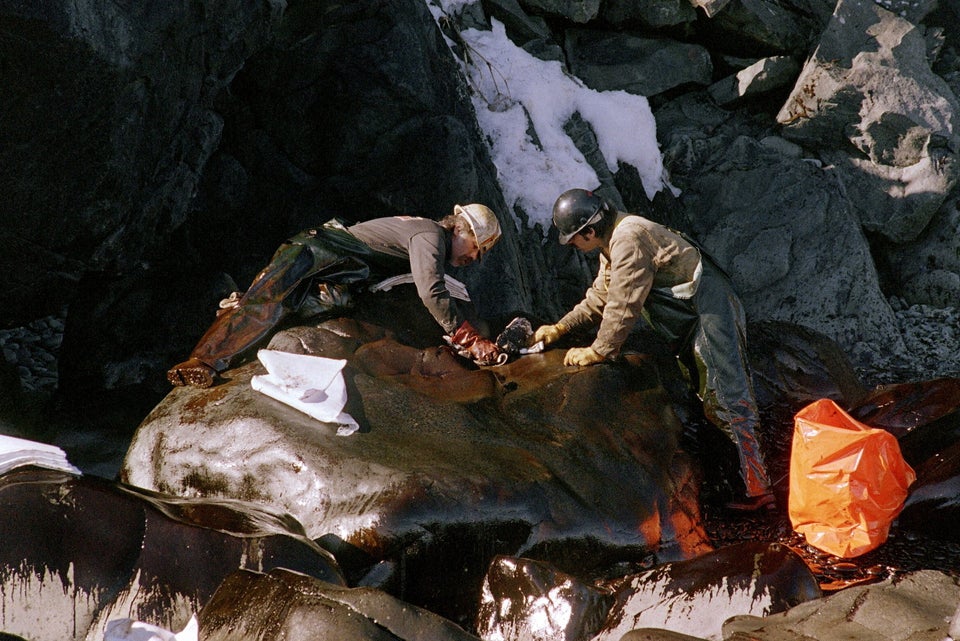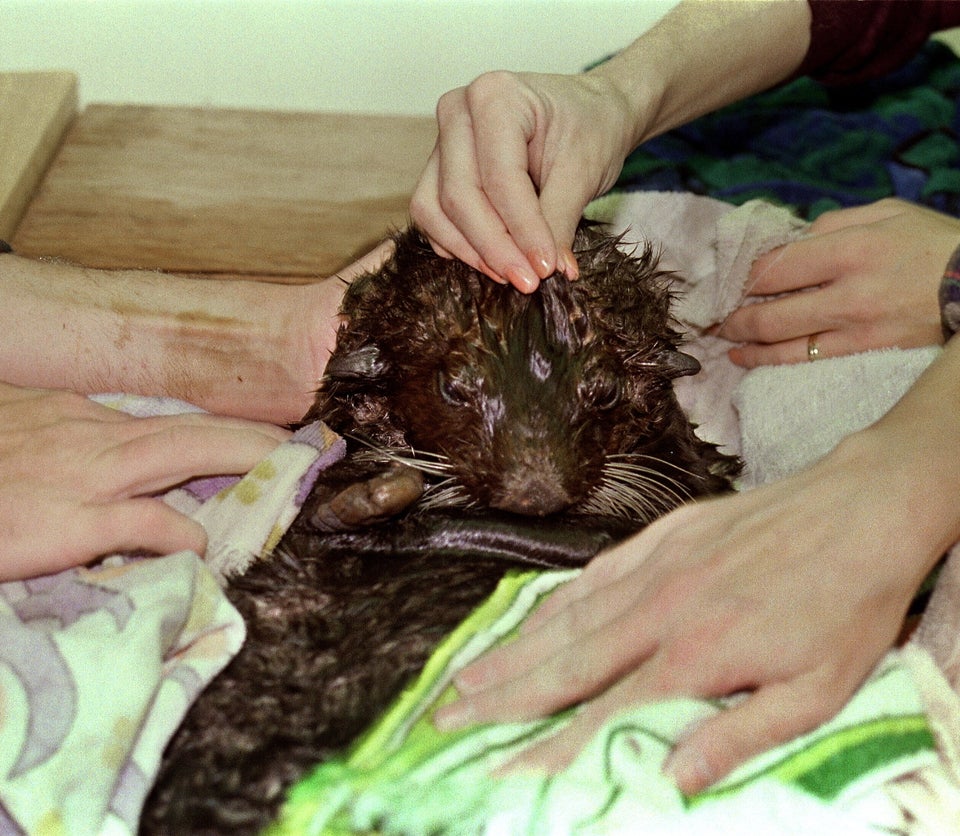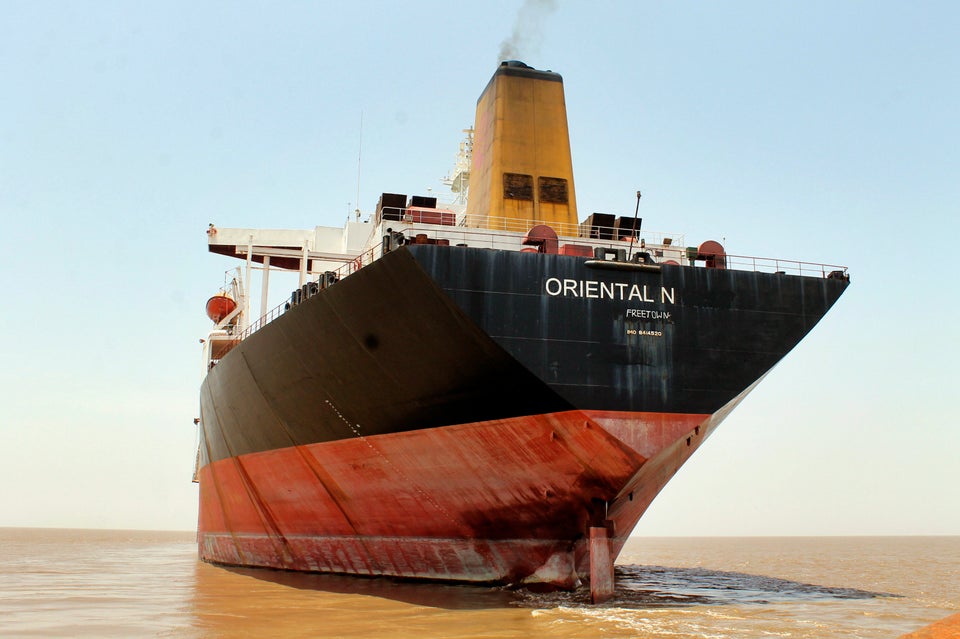
WASHINGTON –- Twenty-five years after the Exxon Valdez oil spill, the Prince William Sound has not fully recovered. Oil from the 10.8-million-gallon spill still persists in the environment, and populations of killer whales and herring have not recovered.
Environmental advocates say the 25th anniversary of the Exxon Valdez disaster is a reminder of the need to update regulations on the oil industry, as well as the risks that linger. The Exxon Valdez Oil Spill Trustee Council, which oversees the restoration of the Prince William Sound Ecosystem, says the oil that persists in the environment is "nearly as toxic as it was the first few weeks after the spill," and is weathering or degrading very slowly. "At this rate," the council says, "the remaining oil will take decades and possibly centuries to disappear entirely."
A new oil spill over the weekend, this time from a barge in Texas' Houston Ship Channel, has provided another example of the dangers that can come from oil accidents.
At a press conference in Washington last week, environmental advocates said their concerns have not changed much over the past 25 years. They argued that the effects of that spill should be a cautionary tale for drilling in the Arctic, an issue currently at play in the Chukchi and Beaufort seas, off the northern coast of Alaska.
"No matter how safe they think they can get drilling in the Arctic, there will be a risk of a blowout," said Richard Steiner, the former marine advisor for the Prince William Sound at University of Alaska and an Exxon Valdez oil spill response and restoration advocate.
"People will continue to make mistakes, equipment will continue to fail," Steiner said. "We can reduce risks as low as possible, but there's still a risk of things happening."
And when a spill does happen, "All the guys with hard hats and orange vests in the world are not going to be able to clean up an oil spill offshore," he said.
It's also a reminder, Steiner said, that rules dealing with the financial liability a company faces after an oil spill have not been updated in nearly a quarter of a century either. After the Exxon Valdez, Congress passed the Oil Pollution Act of 1990 which required the parties responsible for an oil spill to pay for clean up, established the damages vessels and offshore facilities would have to pay in the event of an accident, and created the Oil Spill Liability Trust Fund. The limit on liability for vessels like the Exxon Valdez was set at $10 million; for offshore production facilities, the limit was set at $75 million.
But as environmental groups have noted, the amount of money companies would be forced to pay has not gone up with inflation. It's still at the same level it was in 1990. After the 2010 BP oil disaster in the Gulf of Mexico, there was a brief effort to raise that cap, but it never became law. The Department of Interior is now moving forward with a measure to raise the liability on its own, noting that it is “necessary to keep pace with the 78 percent increase in inflation since 1990.” But that would only apply to offshore facilities.
Environmental groups also argue that the fee oil companies pay into the Oil Spill Liability Trust Fund, currently set at 8 cents per barrel of oil, should be increased. And there is an effort underway in the Senate to get tar sands oil included in the types of oil for which companies must pay into the fund.
The House passed a package of reform measures in 2010 following the BP blowout. But it never passed the Senate.
Asked what it would take to get Congress to update laws governing oil spills, if not the BP spill, Alaska Wilderness League Executive Director Cindy Shogan wasn't particularly optimistic. "You'd need a new Congress," she said. "It's just that the oil industry has a lot of power. And until we hold them accountable … that's not going to change."
In a phone interview with The Huffington Post, Dennis Takahashi-Kelso, the Ocean Conservancy's executive vice president, said both Exxon and BP were reminders that plans for dealing with spills are meaningless if companies can't actually execute cleanup. Takahashi-Kelso was the Alaska Commissioner of Environmental Conservation during the Exxon Valdez oil spill, and says that the Oil Pollution Act of 1990 was a "very substantial improvement." But companies still struggle with execution of the response plans when a spill does happen. After the BP spill, the company was widely mocked for its spill response plans, which included animals that don't live in the Gulf like sea lions and walruses, as well as contact information for an expert who had been dead for five years at the time of the spill.
"OPA did not try to address the actual performance," Takahashi-Kelso said. Twenty-five years after the Exxon Valdez spill, he said, "We know a lot more about how to get oil out of the ground or out from underneath the Gulf of Mexico, but we have not had the kind of gains in response technology … You really have a widening gap between actual performance and the standards for having equipment and response capacity on hand."
When the BP spill happened, said Takahashi-Kelso, "It was déjà vu. The same materials, same kinds of boom, same. It does not mean that simple technology is a bad thing, but I would say that the tools available haven't changed much in 25 years."
Others noted that Exxon, and the spills since, are probably inevitable as long as the U.S. is still extracting, transporting, and using oil.
Said Athan Manuel, director of the lands protection program at the Sierra Club, "It's sad that we're here 25 years later still talking about the same issue –- the consequences of our dependence on fossil fuels."
Before You Go
